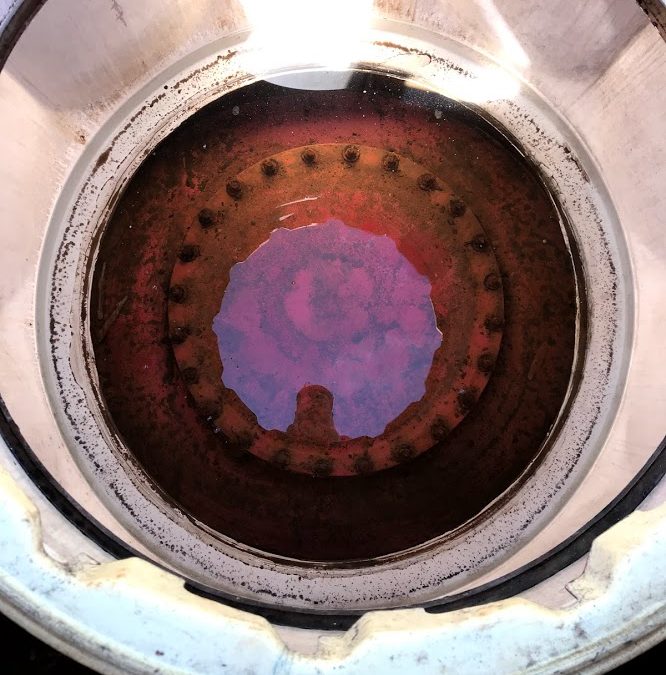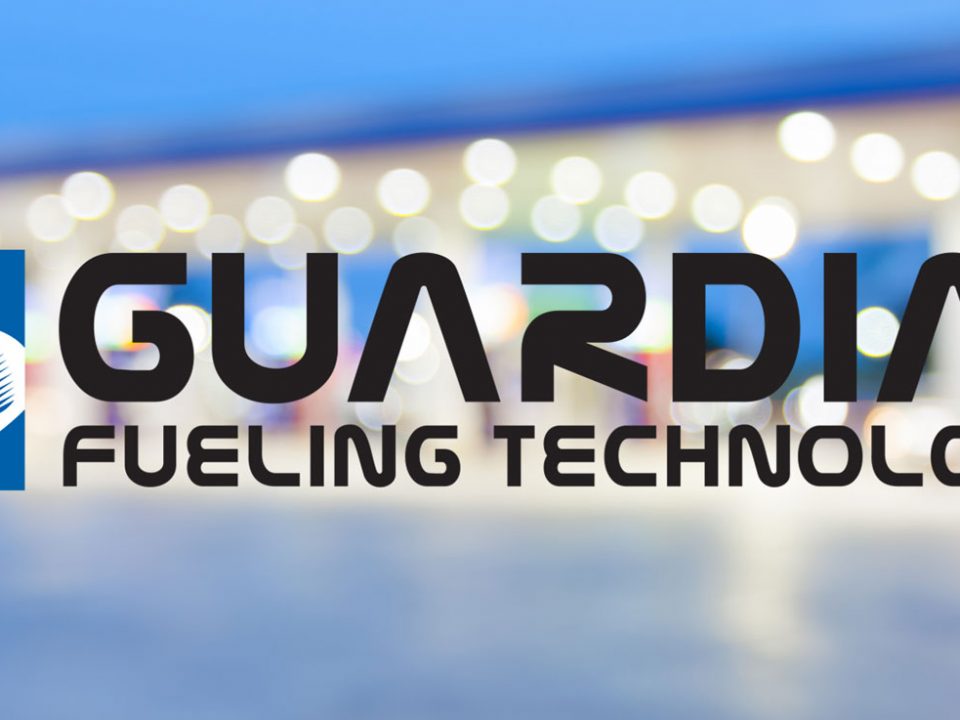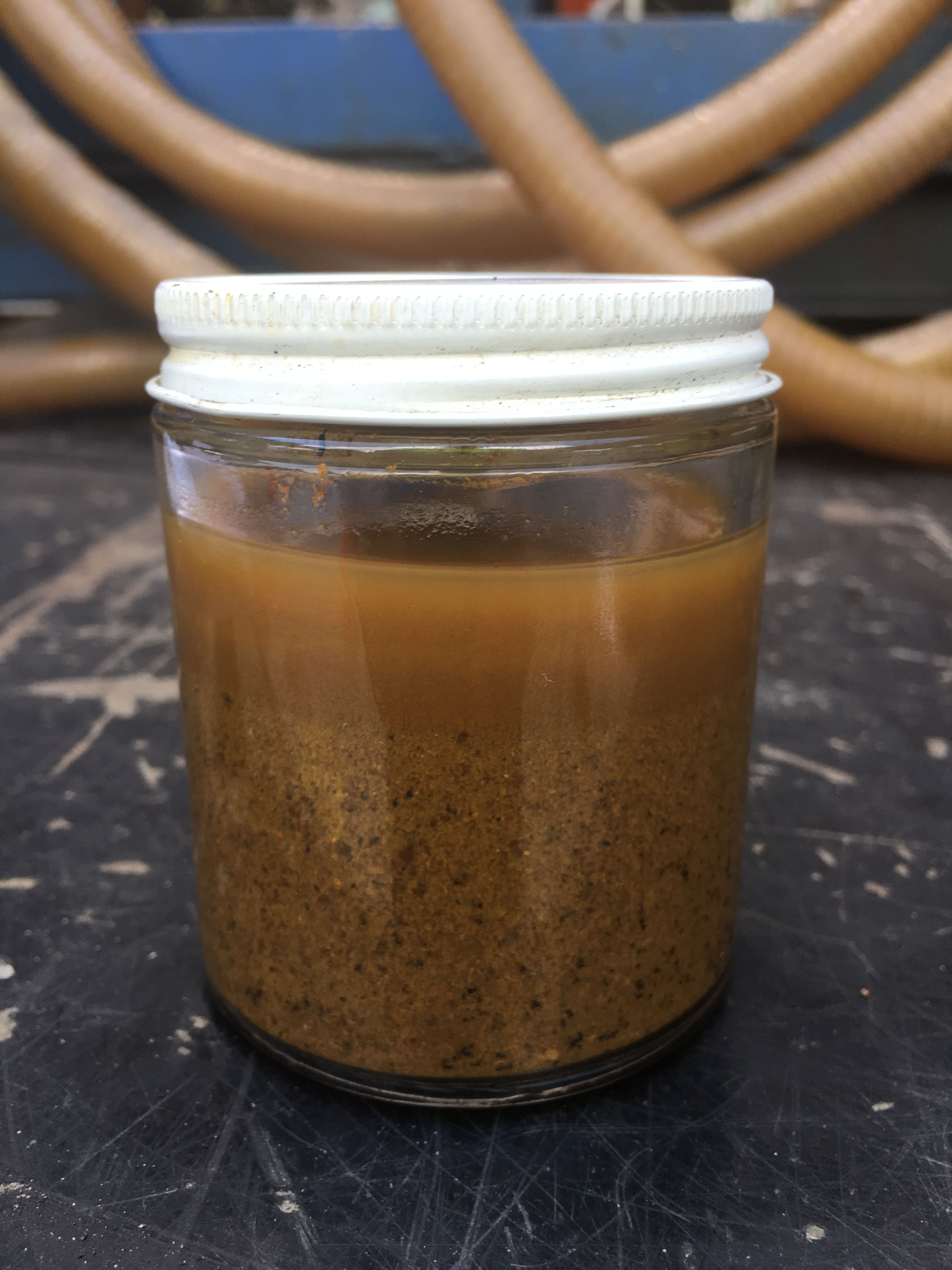
Regulatory Petroleum Inspection
September 20, 2019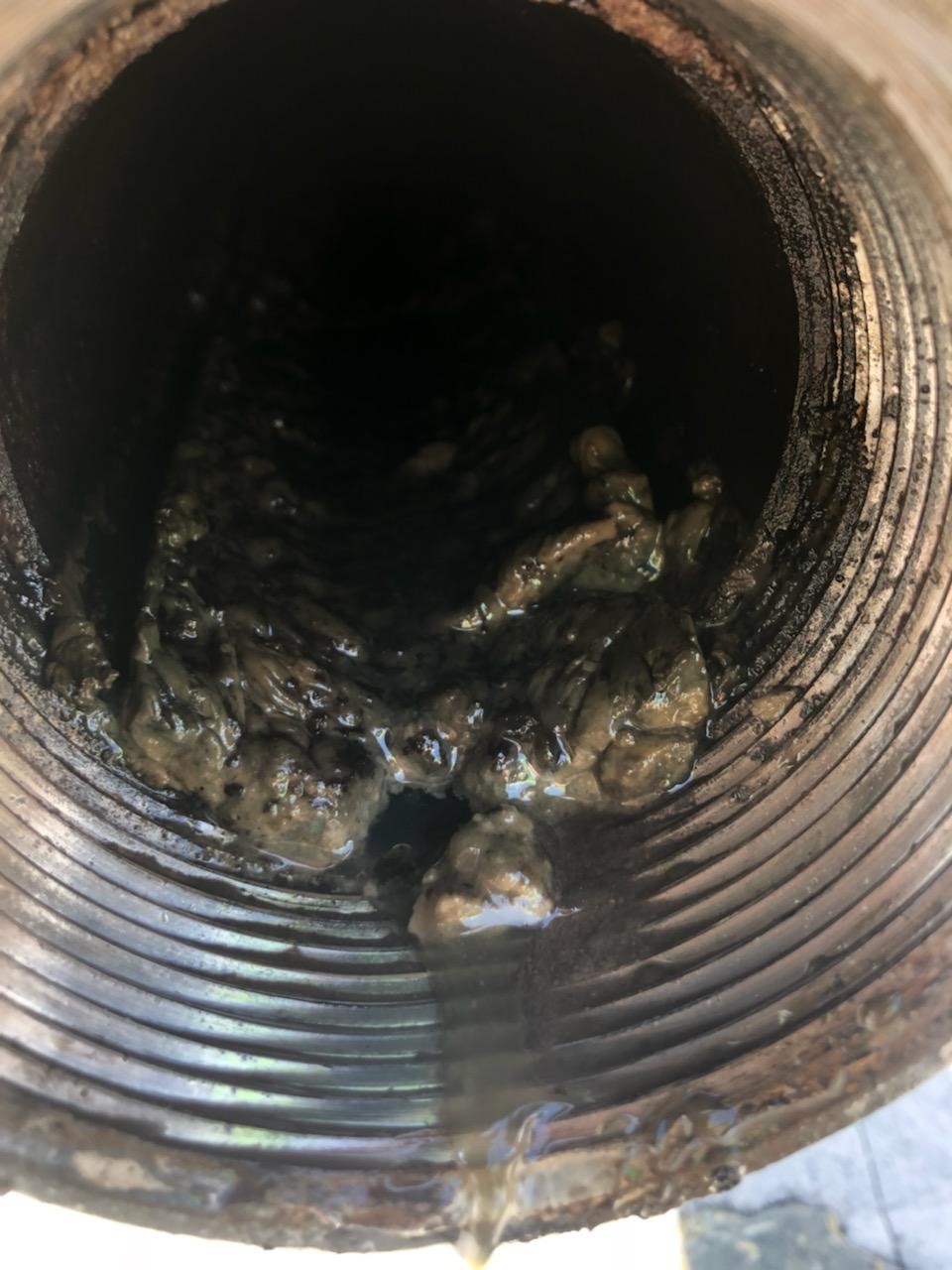
Bacteria Contamination is Impacting your Tanks
September 20, 2019It’s that time of the year again. Spring has passed and we’re now in the wet summer months where excessive rain and hurricanes are likely. It’s starting to become the norm to hear about record-breaking storms and flooding causing catastrophic failure and damage to infrastructure. Petroleum storage tank owners and operators need to make sure their equipment is tight and functional to prevent water contamination in fuel.
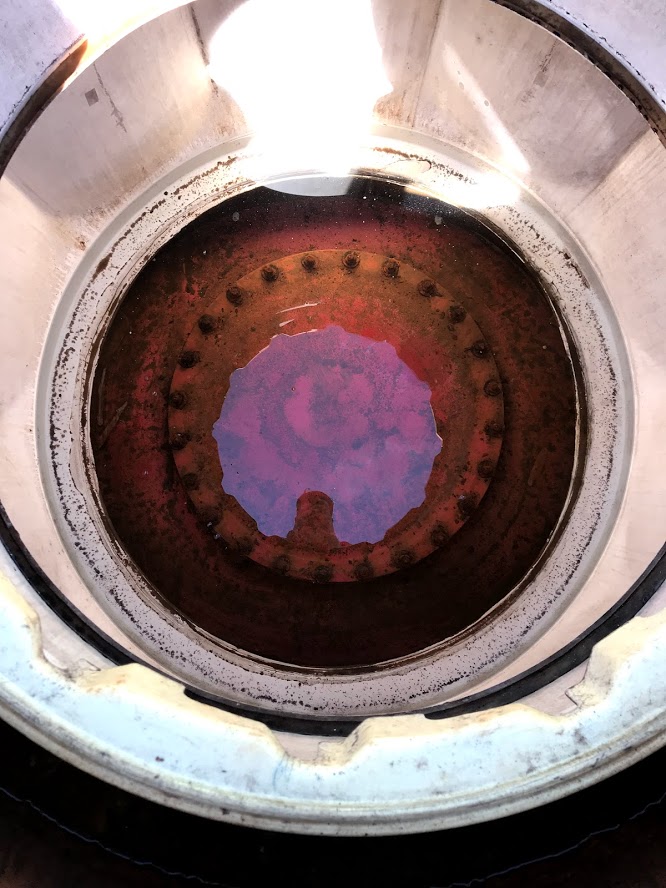
Water contamination in fuel can damage your equipment, and engines, and cause failure at the worst possible time. Water entering a tank with ethanol-blended fuel will cause the fuel to phase separately, a state that renders the fuel unusable. In diesel, water allows for bacteria to grow and consume the fuel, increasing acidity and corrosion. Excessive water in fuel can cause imminent equipment failure. Even small amounts of water can cause wear and damage over time.
FuelGuard recommends regularly conducting a Water Intrusion Check of your fuel storage tank. This is a visual assessment of the potential entry points for water.
The Water Intrusion Check includes an inspection of the tank pad, fill caps, brass adapters, drop tubes, ATG caps, vents, and spill buckets.
If you see any cracking, rust water damage, or signs of wear and tear on these components, call FuelGuard today at 904-349-2347, to get a full assessment of your fuel.
If you’d like to download FuelGuard’s Water Intrusion Checklist, click here.
Related Tag: Electric Vehicle Charging Station Contractor

